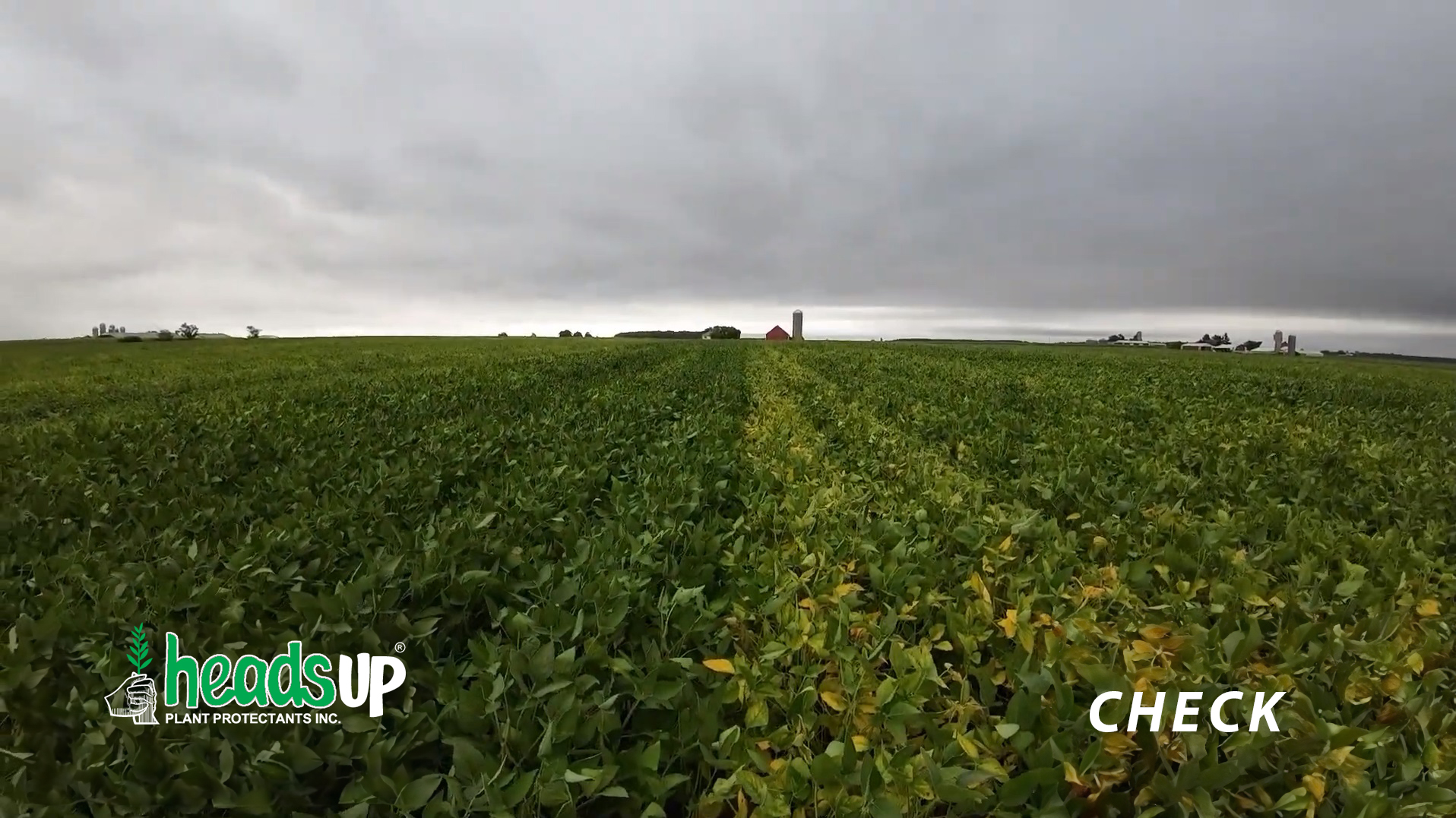As we wind down from Farm Progress Show in Decatur, Illinois, it’s hard to believe it’s already September. Soybeans are maturing and filling nicely in many areas; we can officially report one of our trial collaborators south of Fargo has begun harvesting black beans on August 31st, so it’s safe to say harvest is here!
For our team, July and August have been busy as we have been on the go walking fields and attending farm shows. Through our travels and many discussions with farmers at shows such as Ag PhD Field Day, AgroExpo, MN Farmfest, and Farm Progress, we can only describe the late season disease setting in as one of three things: expected, random, or counter intuitive.
Expected
Michigan, which has been in drought the last few years with low incidence of White Mold, has received over 36” of total precipitation in some counties, making it the White Mold hot bed of the United States. Honorable mention goes to Northern Indiana and Northern Ohio where White Mold incidence has been very high.
Ontario and Quebec have been annihilated by rain, especially to the east in the Ottawa valley stretching into Quebec. One pathologist estimates over 50% of soybeans planted this year will show symptoms of White Mold, and yield losses could be as high as 50%.
Random
Both Central and Southern Illinois have reports of White Mold, SDS, and Red Crown Rot. Despite the hot weather and dry start to the year, we have seen fields where SDS and White Mold are occurring simultaneously. This is random as SDS generally prefers warm, wet weather and White Mold favors cool, wet weather. In 2023, Illinois has certainly been HOT and DRY for the most part, so these parameters fit neither category. We also heard many reports at Farm Progress of a high incidence of SDS in Northwest Missouri this year.
Counter-Intuitive
Much of North Dakota, South Dakota, and Southern Minnesota have experienced unprecedented drought. Unexpectedly with the dry weather, some accounts of White Mold have been reported around Marshall, Minnesota, and Dell Rapids, South Dakota.
In both Central and Western Iowa/Eastern Nebraska we have heard about White Mold and SDS setting in late. Disease mitigation should be a top concern for Iowa growers when making 2024 seed and crop protection product decisions.
Wisconsin and Northern Illinois, which are typically a White Mold hot bed, have been in drought and reports of White Mold onset have been low.
Conclusion
As late season disease develops it will be interesting to see how much yield will ultimately be lost. Usually, if symptoms show up late, fungal diseases which look nasty may not limit yield as significantly as if these diseases show up early season.
As you read this letter, we would be interested to hear how your crops are progressing and what you are seeing in your bean fields. Send us a contact form and let us know!
P.S. Catch us in the coming weeks at the Heads Up® booth at these shows:
Big Iron Farm Show – Fargo, ND – September 12-14th. Booth W9
Canada’s Outdoor Farm Show – Woodstock, ON – September 12-14th.
Farm Science Review – London, OH – September 19-21.

